
By Bonnie Blankinship

Mysteries of Ice
BGSU team identifies species in most inhospitable realm
By Bonnie Blankinship
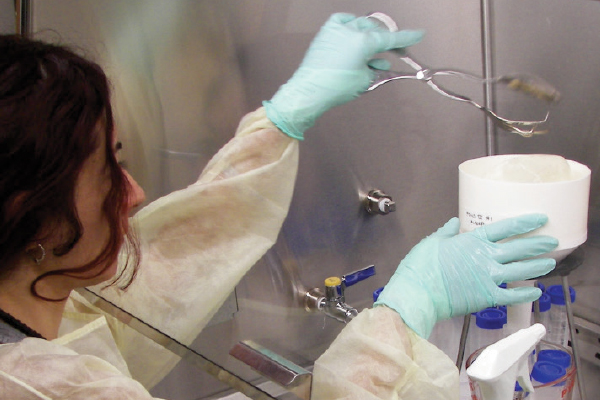
Lake Vostok, buried under a glacier in Antarctica, is so dark, deep and cold that scientists had considered it a possible model for studying other planets — a place where nothing could live.
However, work by Dr. Scott Rogers, a Bowling Green State University professor of biological sciences, and his students has revealed a surprising variety of life forms possibly living and reproducing in this most extreme of environments.
“The bounds on what is habitable and what is not are changing,” Rogers said.
A paper published July 2 in PLOS One (Public Library of Science) details the thousands of species they identified through DNA and RNA sequencing — a new, big data approach that has exponentially increased the amount of information available and opened new realms of investigation.
The publication has brought an avalanche of worldwide publicity and interest, from both the scientific community and the popular media, from Science News to National Geographic, to the BBC in London and Discovery Kids. The ice-bound world of Vostok seems to have captured the imagination of readers young and old.
For the researchers, it has confirmed what they long suspected. Former doctoral student Dr. Zeynep Koçer came to BGSU from Turkey to work with Rogers after she heard his presentations during a visit to her undergraduate university.
“I’ve always had a love of extreme environments,” Koçer said, “and I always believed there was some sort of life over there (in Lake Vostok).”
When thinking about Lake Vostok, you have to think big. The fourth-deepest lake on Earth, it is also the largest of the 400-some subglacial lakes known in Antarctica. The ice that has covered it for the past 15 million years is now more than two miles deep, creating tremendous pressure in the lake. Few nutrients are available. The lake lies far below sea level in a depression that formed 60 million years ago when the continental plates shifted and cracked. The weather there is so harsh and unpredictable that scientists visiting must have special gear and take survival training.
Not only had most scientists believed the lake completely inhospitable to life, some thought it might even be sterile.
Far from it, Rogers and the students found. Working with core sections removed from the deep layer of ice that accreted from lake water that froze onto the bottom of the glacier where it meets the lake, they examined ice as clear as diamonds that formed in the great pressure and relatively warm temperatures found at that depth. The team examined cores from two areas of the lake, the southern main basin and near an embayment on the southwestern end.
“We found much more complexity than anyone thought,” Rogers said. “It really shows the tenacity of life, and how organisms can survive in places where a couple dozen years ago we thought nothing could survive.”
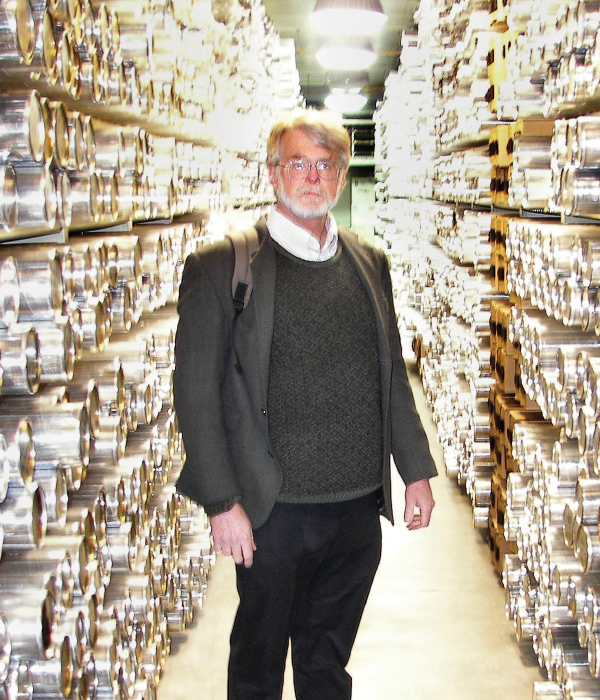
The PLOS One article was the fourth piece the group has published about its Lake Vostok investigations, and has brought new attention to the earlier articles. The BGSU team included Dr. Paul Morris, a professor of biology, who with Scott and Ph.D. student Yury Shtarkman conducted most of the genetic analyses; Koçer, now with the Department of Infectious Diseases, Division of Virology, at St. Jude Children’s Research Hospital in Memphis, who performed most of the laboratory work; Dr. Ram Veerapaneni, now at BGSU Firelands; Dr. Tom D’Elia, now at Indian River State College in Florida, and undergraduate student Robyn Edgar, a computer science major who helped create and maintain the team’s database.
Their work was supported by several grants, including two from the National Science Foundation, one from the U.S. Department of Agriculture and one from the BGSU Faculty Research Committee. Together, the amount dedicated to the project was more than $250,000.
By sequencing the DNA and RNA from the accretion ice samples, the team identified thousands of bacteria, including some that are commonly found in the digestive systems of fish, crustaceans and annelid worms, in addition to fungi and two species of archaea, or single-celled organisms that tend to live in extreme environments.
Other species they identified are associated with habitats of lake or ocean sediments. Psychrophiles, or organisms that live in extreme cold, were found, along with heat-loving thermophiles, which suggests the presence of hydrothermal vents deep in the lake. Rogers said the presence of marine and freshwater species supports the hypothesis that the lake once was connected to the ocean, and that the freshwater was deposited in the lake by the overriding glacier.
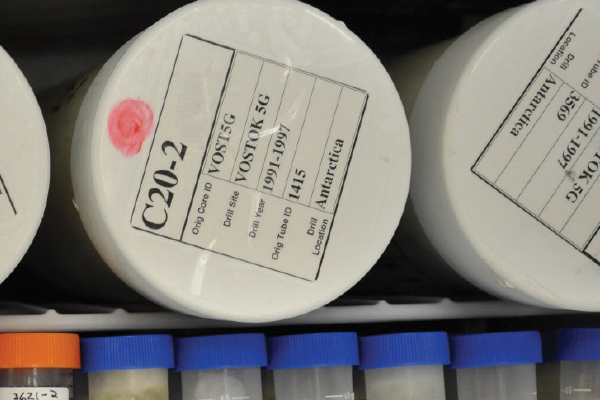
For Shtarkman, the doctoral student who came to BGSU from St. Petersburg, Russia, the project has proven so engrossing that he foresees a possible lifetime of study around it.
“It’s a very challenging project, and the more you study, the more you want to know,” he said. “Every day you are discovering something new and that leads to more questions to be answered. In studying the environmental DNA and RNA, we ask how similar are these sequences to those of sequences from organisms already identified in national databases. We are tracing the evolution and the ecology of the lake itself.”
Before 35 million years ago, Antarctica had a temperate climate and was inhabited by a diverse assemblage of plants and animals. About 34 million years ago, Rogers said, a “huge drop in temperature occurred” and ice covered the lake when it was probably still connected to the Southern Ocean. This lowered sea level by about 300 feet, which could have cut off Lake Vostok from the ocean. The ice cover was intermittent until a second big plunge in temperature took place 14 million years ago, and sea level dropped even farther.
As the ice crept across the lake, it plunged it into total darkness and isolated it from the atmosphere, and led to increasing pressure in the lake from the weight of the glacier. While many species probably disappeared from the lake, many seem to have survived, as indicated by Rogers’ results.
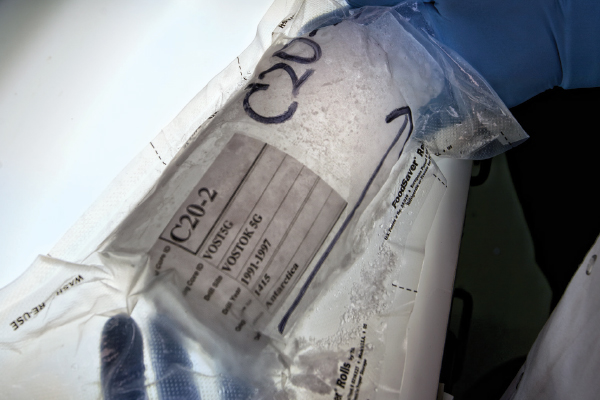
Rogers’s group had worked for several years on identifying and studying organisms in the Vostok accretion ice using a procedure involving culturing colonies of bacteria and fungi, which usually took years to generate enough cultured organisms for a few dozen sequences. The process was impossibly slow for graduate students, who needed results for their theses, and was sometimes impossible due to the technical limitations involved, Koçer noted.
“We started thinking of doing it a different way,” Rogers said.
Instead of culturing living organisms, they concentrated on sequencing DNA and RNA in the ice. These methods, called metagenomics and metatranscriptomics, produced thousands of sequences at a time that were then analyzed using computers.
The problem changed from having too few sequences to having too many sequences to analyze, Rogers said. After two years of computer analysis, the final results showed that Lake Vostok contains a diverse set of microbes, as well as some multicellular organisms.
“We were working with very precious samples,” Koçer said. “It’s not like taking ice from Lake Erie, where you can gather buckets full to filter and concentrate. We had the most tiny concentrations of nucleic acids to work with, and it helped that Dr. Rogers had so much experience in this area. It’s still a long and difficult process, but for what you get from it, it’s worth it.
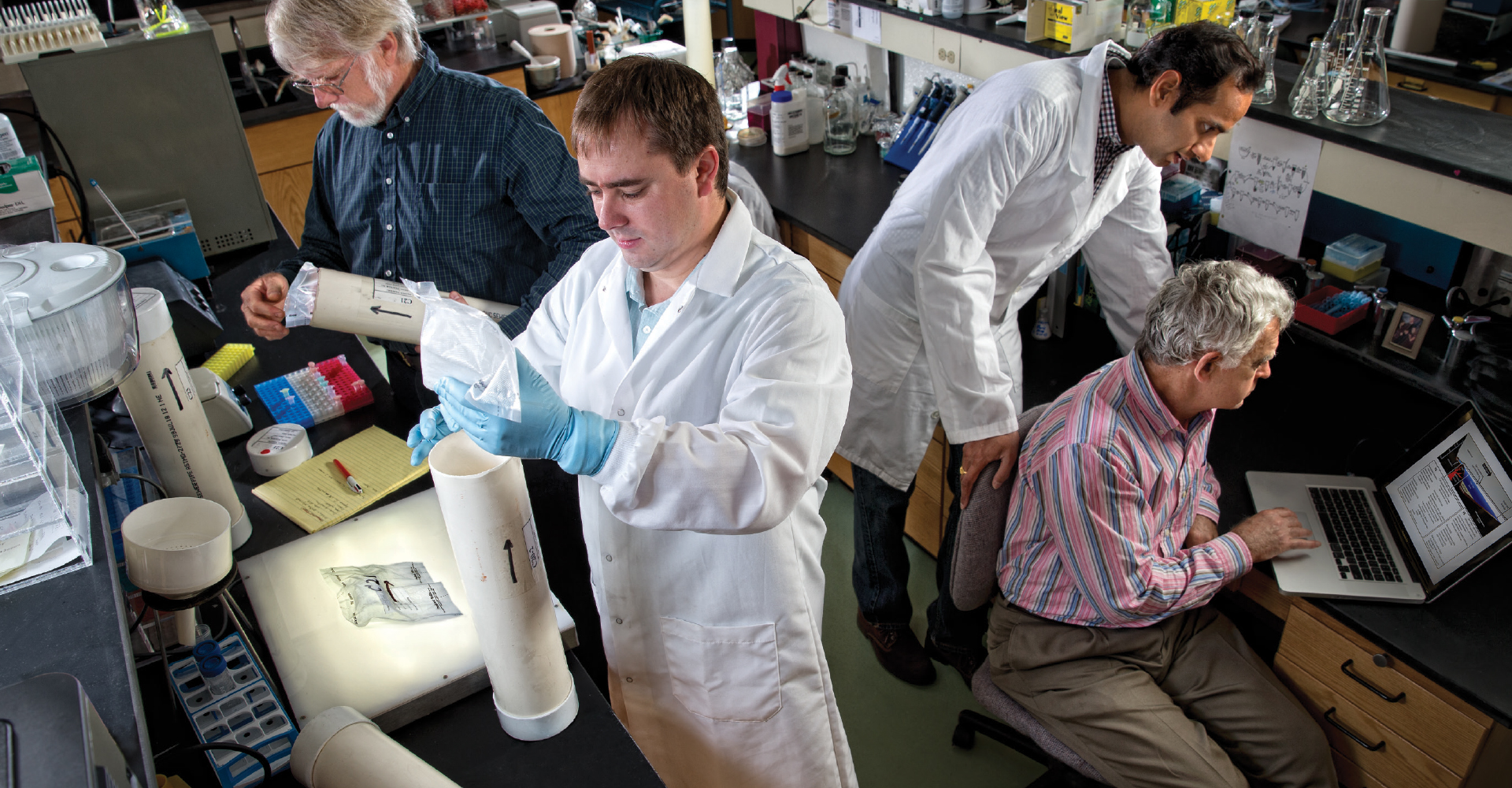

“It was the most exciting moment for me when Dr. Rogers and I were finally able to visualize the nucleic acid from the Lake Vostok ice on the agarose gel, and at that point, we knew we were so close to opening the doors to a hidden habitat of the world.”
Long before he began using metagenomics and metatranscriptomics to study the ice, Rogers and his team had developed a method to ensure purity. Sections of core ice were immersed in a sodium hypochlorite (bleach) solution, then rinsed three times with sterile water, removing an outer layer. Under strict sterile conditions, the remaining core ice was then melted, filtered and refrozen.
“Using this method, we can assure its reliability almost to 100 percent,” Rogers said.
Eventually, the process rendered pellets of nucleic acids containing both DNA and RNA, able to be sequenced.
Rogers said the team erred strongly on the conservative side in reporting its results, including only those sequences of which it could be absolutely certain were from the accretion ice, but there are a multitude of others he feels are probably from the lake, opening the door to additional investigation.
The DNA sequences they produced have been deposited in the National Center for Biotechnology GenBank database, and will be available to other researchers for further study.
Updated: 12/01/2017 11:59PM
